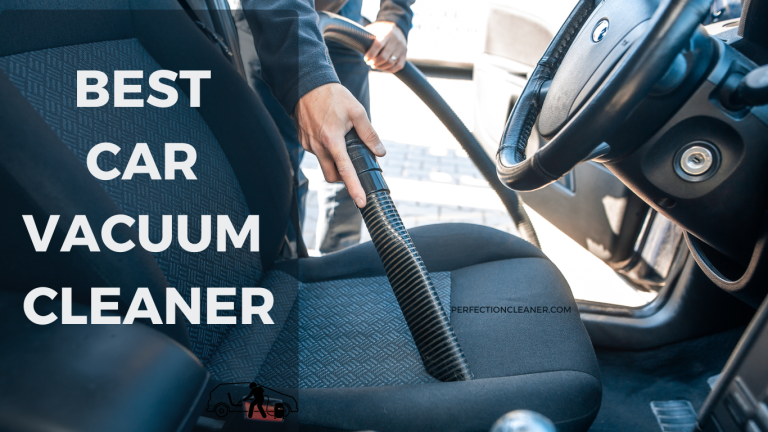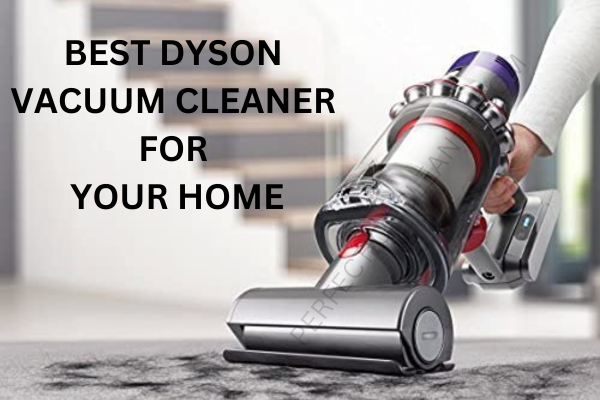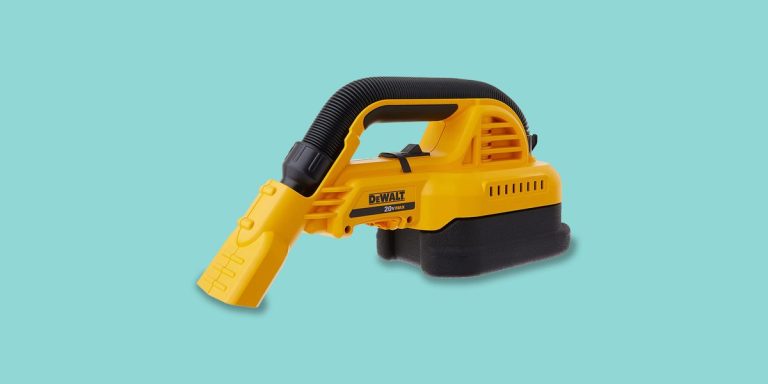Which is Better: Duct Cleaning with Vacuum or Pressure?
Duct cleaning is an essential maintenance task for any HVAC (Heating, Ventilation, and Air Conditioning) system. Over time, dust, debris, mould, and other contaminants can accumulate in the ductwork, reducing the system’s efficiency and potentially impacting indoor air quality. When it comes to duct cleaning, two primary methods are commonly used: vacuum-based cleaning and pressure-based cleaning. Both methods have their advantages and disadvantages, and the choice between them often depends on the specific circumstances of the duct system, the level of contamination, and the desired outcome.
In this article, we will explore the differences between duct cleaning with vacuum and pressure, the pros and cons of each method, and which method might be better suited for different situations. By the end of this article, you should have a clearer understanding of which method is best for your duct cleaning needs.
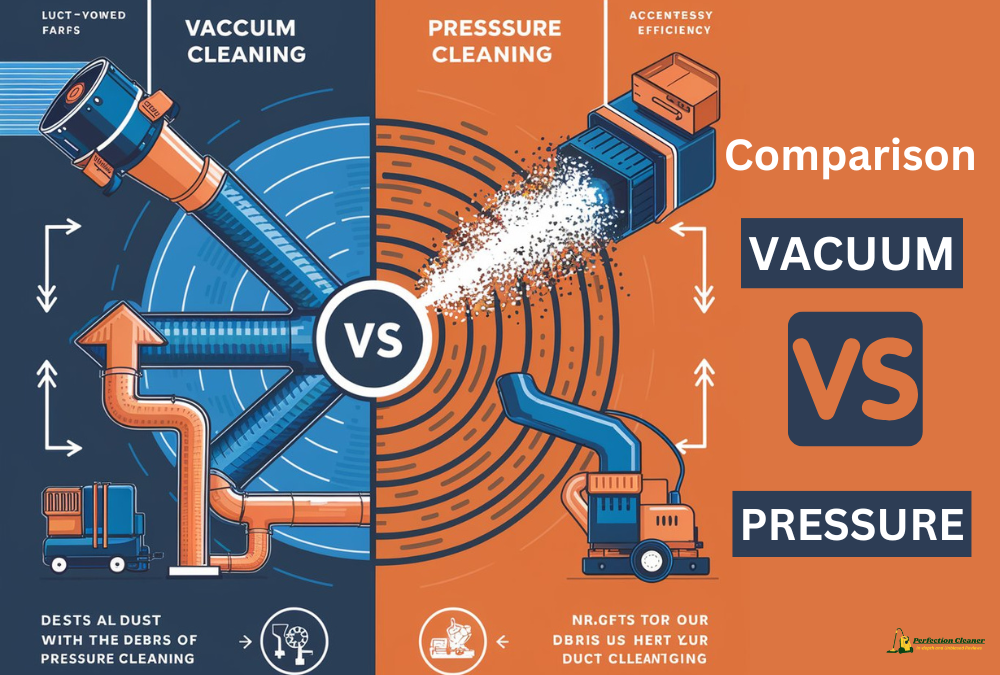
Understanding Duct Cleaning
Before diving into the specifics of vacuum and pressure-based duct cleaning, it’s important to understand what duct cleaning entails and why it’s necessary.
What is Duct Cleaning?
Duct cleaning involves the removal of dust, debris, mould, and other contaminants from the ductwork of an HVAC system. This process typically includes cleaning the supply and return air ducts, registers, grilles, diffusers, heat exchangers, cooling coils, fan motors, and other components of the system.
Why is Duct Cleaning Important?
- Improved Air Quality: Over time, dust, allergens, and other contaminants can accumulate in the ductwork. When the HVAC system is in operation, these particles can be circulated throughout the building, leading to poor indoor air quality. This can be particularly problematic for individuals with allergies, asthma, or other respiratory conditions.
- Energy Efficiency: A clean HVAC system operates more efficiently than a dirty one. When dust and debris accumulate in the ductwork, it can restrict airflow, forcing the system to work harder to maintain the desired temperature. This can lead to increased energy consumption and higher utility bills.
- Extended System Lifespan: Regular duct cleaning can help extend the lifespan of your HVAC system by reducing the strain on its components. A clean system is less likely to experience breakdowns and will generally require fewer repairs over its lifetime.
- Odour Removal: Dust, mould, and other contaminants in the ductwork can contribute to unpleasant odours in the building. Duct cleaning can help eliminate these odours, creating a more pleasant indoor environment.

Tips for Choosing a Duct Cleaning Method
- Assess Your Ducts: Inspect your ductwork to determine the level of contamination and the type of debris present.
- Consult a Professional: A certified HVAC technician or duct cleaning specialist can recommend the best method based on your system’s needs.
- Consider Air Quality: If you or your family members suffer from allergies or respiratory issues, prioritize methods that improve indoor air quality, such as vacuum-based cleaning with HEPA filtration.
- Avoid DIY Risks: While DIY duct cleaning kits are available, they often lack the power and precision of professional equipment and may not provide a thorough clean.
Duct Cleaning Methods: Vacuum vs. Pressure
When it comes to duct cleaning, there are two primary methods: vacuum-based cleaning and pressure-based cleaning. Both methods aim to remove contaminants from the ductwork, but they do so in different ways.
1. Vacuum-Based Duct Cleaning
Vacuum-based duct cleaning, also known as negative air pressure cleaning, involves the use of a powerful vacuum system to remove dust and debris from the ductwork. This method typically involves the following steps:
- Inspection: A professional duct cleaner will first inspect the ductwork to assess the level of contamination and identify any areas that may require special attention.
- Sealing: The duct cleaner will seal off the registers and grilles to create a closed system. This helps to ensure that the vacuum system can effectively remove contaminants from the ductwork.
- Vacuuming: A high-powered vacuum is connected to the duct system, typically at the main trunk line. The vacuum creates negative air pressure within the ductwork, which pulls dust and debris out of the ducts and into the vacuum’s collection chamber.
- Agitation: In some cases, the duct cleaner may use specialized tools, such as brushes or air whips, to agitate the dust and debris within the ducts. This helps to loosen the contaminants, making them easier to remove with the vacuum.
- Final Inspection: Once the vacuuming process is complete, the duct cleaner will perform a final inspection to ensure that all contaminants have been removed and that the ductwork is clean.
Pros and Cons of Vacuum-Based Duct Cleaning
- Effective Removal of Contaminants
- Minimal Risk of Contaminant Spread
- Suitable for Most Duct Systems
- Improved Airflow
- Limited Reach
- Potential for Damage
- Cost
Pros of Vacuum-Based Duct Cleaning
- Effective Removal of Contaminants: Vacuum-based cleaning is highly effective at removing dust, debris, and other contaminants from the ductwork. The powerful vacuum system can pull out even the smallest particles, leaving the ducts clean and free of contaminants.
- Minimal Risk of Contaminant Spread: Because the vacuum system creates negative air pressure within the ductwork, there is minimal risk of contaminants being spread to other areas of the building during the cleaning process.
- Suitable for Most Duct Systems: Vacuum-based cleaning is suitable for most types of duct systems, including those with flexible ducts, rigid ducts, and ductwork with complex layouts.
- Improved Airflow: By removing dust and debris from the ductwork, vacuum-based cleaning can help to improve airflow within the HVAC system, leading to better performance and energy efficiency.
Cons of Vacuum-Based Duct Cleaning
- Limited Reach: While vacuum-based cleaning is effective at removing contaminants from the main trunk lines and larger ducts, it may have limited reach in smaller or more complex ductwork. In some cases, specialized tools may be required to clean hard-to-reach areas.
- Potential for Damage: The powerful suction of the vacuum system can potentially cause damage to fragile or poorly constructed ductwork. It’s important to work with a professional duct cleaner who has experience with vacuum-based cleaning to minimize the risk of damage.
- Cost: Vacuum-based cleaning can be more expensive than pressure-based cleaning, particularly if specialized tools or equipment are required.
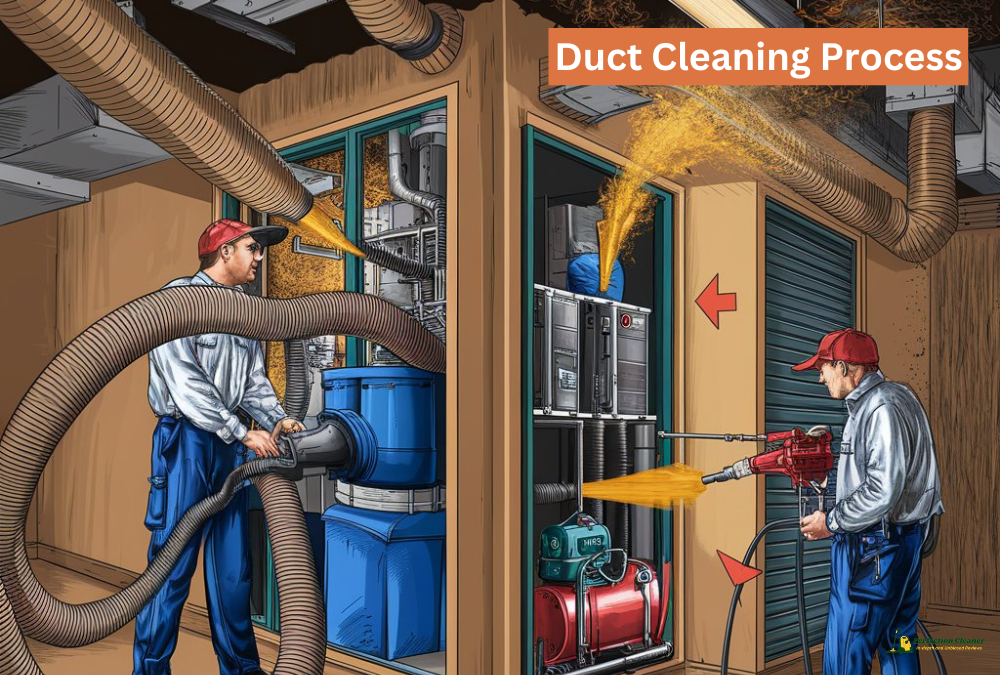
2. Pressure-Based Duct Cleaning
Pressure-based duct cleaning, also known as positive air pressure cleaning, involves the use of compressed air or other high-pressure tools to dislodge dust and debris from the ductwork. This method typically involves the following steps:
- Inspection: As with vacuum-based cleaning, the duct cleaner will first inspect the ductwork to assess the level of contamination and identify any areas that may require special attention.
- Sealing: The duct cleaner will seal off the registers and grilles to create a closed system. This helps to ensure that the dislodged contaminants are contained within the ductwork and can be effectively removed.
- Pressurization: A high-pressure air compressor or other pressure-based tool is used to blow air through the ductwork. The force of the air dislodges dust and debris from the walls of the ducts, allowing it to be carried away by the airflow.
- Collection: The dislodged contaminants are typically collected at a central point, such as the main trunk line, where they can be removed using a vacuum system or other collection methods.
- Final Inspection: Once the pressure-based cleaning process is complete, the duct cleaner will perform a final inspection to ensure that all contaminants have been removed and that the ductwork is clean.
Pros and Cons of Pressure-Based Duct Cleaning
- Effective in Hard-to-Reach Areas
- Thorough Cleaning
- Suitable for Complex Duct Systems
- Cost-Effective
- Risk of Contaminant Spread
- Potential for Damage
- Limited Effectiveness for Certain Contaminants
Pros of Pressure-Based Duct Cleaning
- Effective in Hard-to-Reach Areas: Pressure-based cleaning is particularly effective at cleaning hard-to-reach areas of the ductwork, such as small ducts, bends, and corners. The high-pressure air can dislodge contaminants from areas that may be difficult to reach with vacuum-based cleaning.
- Thorough Cleaning: The force of the compressed air can provide a more thorough cleaning of the ductwork, particularly in cases where there is a significant buildup of dust and debris.
- Suitable for Complex Duct Systems: Pressure-based cleaning suits complex duct systems with multiple bends, turns, and branches. The high-pressure air can navigate the ductwork more effectively than a vacuum system.
- Cost-Effective: In some cases, pressure-based cleaning can be more cost-effective than vacuum-based cleaning, particularly for smaller or less complex duct systems.
Cons of Pressure-Based Duct Cleaning
- Risk of Contaminant Spread: One of the main drawbacks of pressure-based cleaning is the risk of contaminants being spread to other areas of the building during the cleaning process. If the ductwork is not properly sealed, the dislodged dust and debris can be blown into other parts of the building, potentially worsening indoor air quality.
- Potential for Damage: The high-pressure air used in pressure-based cleaning can potentially cause damage to fragile or poorly constructed ductwork. It’s important to work with a professional duct cleaner who has experience with pressure-based cleaning to minimize the risk of damage.
- Limited Effectiveness for Certain Contaminants: Pressure-based cleaning may be less effective at removing certain types of contaminants, such as mould or bacteria, which may require specialized cleaning methods.
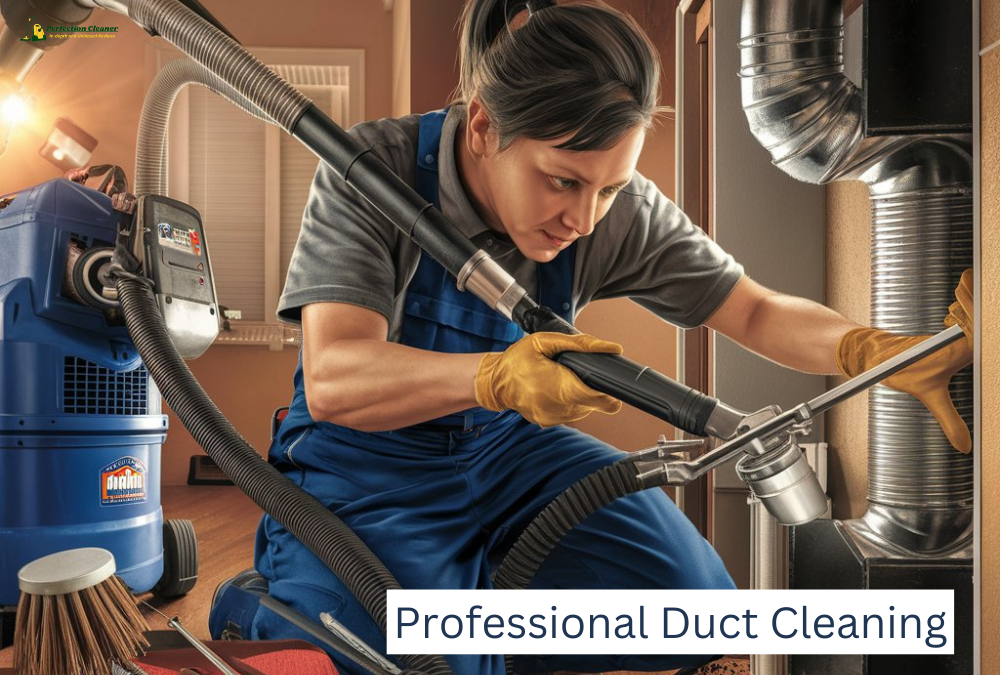
Which Method is Better: Vacuum or Pressure?
The choice between vacuum-based and pressure-based duct cleaning depends on several factors, including the type of duct system, the level of contamination, and the desired outcome. Here are some considerations to help you decide which method is better for your needs:
1. Type of Duct System
- Vacuum-Based Cleaning: This method is generally better suited for larger, more straightforward duct systems with minimal bends and turns. It is also a good choice for duct systems with flexible ducts, as the vacuum system can effectively remove contaminants without causing damage.
- Pressure-Based Cleaning: This method is better suited for complex duct systems with multiple bends, turns, and branches. The high-pressure air can navigate the ductwork more effectively, making it a good choice for hard-to-reach areas.
2. Level of Contamination
- Vacuum-Based Cleaning: If your duct system has a significant buildup of dust and debris, vacuum-based cleaning may be the better option. The powerful vacuum system can effectively remove large amounts of contaminants, leaving the ducts clean and free of debris.
- Pressure-Based Cleaning: If your duct system has a moderate level of contamination, pressure-based cleaning may be sufficient. The high-pressure air can dislodge dust and debris, providing a thorough cleaning of the ductwork.
3. Risk of Contaminant Spread
- Vacuum-Based Cleaning: If you are concerned about the risk of contaminants being spread to other areas of the building, vacuum-based cleaning may be the better option. The negative air pressure created by the vacuum system helps to contain contaminants within the ductwork, minimizing the risk of spread.
- Pressure-Based Cleaning: If the ductwork is not properly sealed, pressure-based cleaning can potentially spread contaminants to other areas of the building. It’s important to work with a professional duct cleaner who can ensure that the ductwork is properly sealed before beginning the cleaning process.
4. Cost
- Vacuum-Based Cleaning: Vacuum-based cleaning can be more expensive than pressure-based cleaning, particularly if specialized tools or equipment are required. However, the cost may be justified if you have a large or heavily contaminated duct system.
- Pressure-Based Cleaning: Pressure-based cleaning can be more cost-effective, particularly for smaller or less complex duct systems. However, the cost may increase if additional steps are required to contain contaminants or if specialized tools are needed.
5. Desired Outcome
- Vacuum-Based Cleaning: If your primary goal is to improve indoor air quality and remove allergens, vacuum-based cleaning may be the better option. The powerful vacuum system can effectively remove dust, pollen, and other allergens from the ductwork.
- Pressure-Based Cleaning: If your primary goal is to improve airflow and energy efficiency, pressure-based cleaning may be the better option. The high-pressure air can dislodge dust and debris, improving airflow and reducing the strain on the HVAC system.

Conclusion
Both vacuum-based and pressure-based duct cleaning methods have their advantages and disadvantages, and the choice between them depends on the specific circumstances of your duct system. Vacuum-based cleaning is generally better suited for larger, more straightforward duct systems with significant contamination, while pressure-based cleaning is better suited for complex duct systems with hard-to-reach areas.
Ultimately, the best way to determine which method is right for your needs is to consult with a professional duct cleaner. They can assess your duct system, recommend the most appropriate cleaning method, and ensure that the cleaning process is carried out safely and effectively.
Regardless of which method you choose, regular duct cleaning is an important part of maintaining a healthy and efficient HVAC system. By keeping your ductwork clean, you can improve indoor air quality, reduce energy consumption, and extend the lifespan of your HVAC system.
Find More about Vacuum Cleaner:
Best Vacuum Cleaner for Dusting, Which Miele Vacuum to Buy?, Shark vs. Dyson Vacuums: Which Vacuum Brand is Better?, HomePro Handheld Vacuum, Vacuuming Wool Rugs: Tips and Tricks, Does Stanley Steemer Vacuum Before Cleaning


